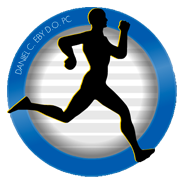What are NSAIDs and how do they work?
NSAID is an abbreviation for non-steroidal anti-inflammatory drugs. Most often these medications can be found over-the-counter at your local pharmacy. There are higher strength options available from the provider by prescription, such as meloxicam.
This group of medications works by decreasing the general inflammation throughout your body. NSAIDs can be helpful in treating muscle aches and pains, as well as symptoms from arthritis.
NSAIDs not only relieve pain, but also help to decrease inflammation, prevent blood clots, and reduce fevers. They work by decreasing an enzyme in our body called cyclooxygenase or COX for short. COX-2 is produced by our bodies to help heal injured or inflamed joints.
When too much inflammation is in a joint, you may experience pain. NSAIDs work to decrease inflammation and pain.
While very helpful in many diseases, most NSAIDs also decrease COX-1. COX-1 works to protect our stomach and maintain our kidney function. By decreasing COX-1 as well as COX-2, there can be unwanted side effects.
Common Side Effects
- Throat, stomach and intestinal upset, and ulcers.
- Kidney dysfunction
- Increased bruising
Common NSAIDs
You may recognize them by their generic names:
- meloxicam
- ibuprofen
- naproxen
- diclofenac
- celecoxib
- indomethacin
- aspirin in high doses
Or you may recognize these medications by their brand name:
- Mobic
- Motrin or Advil
- Aleve
- Voltaren
- Celebrex
- Indocin
